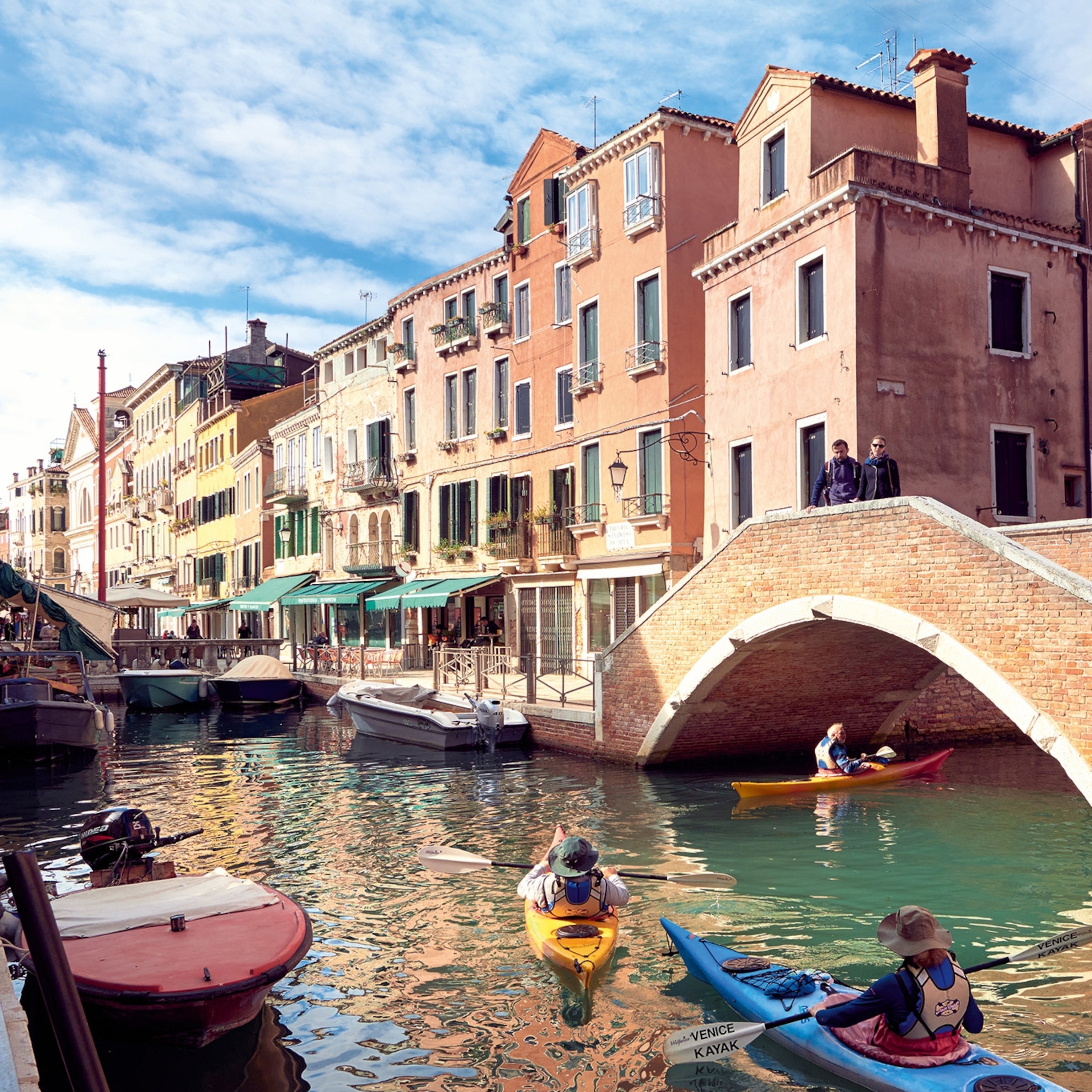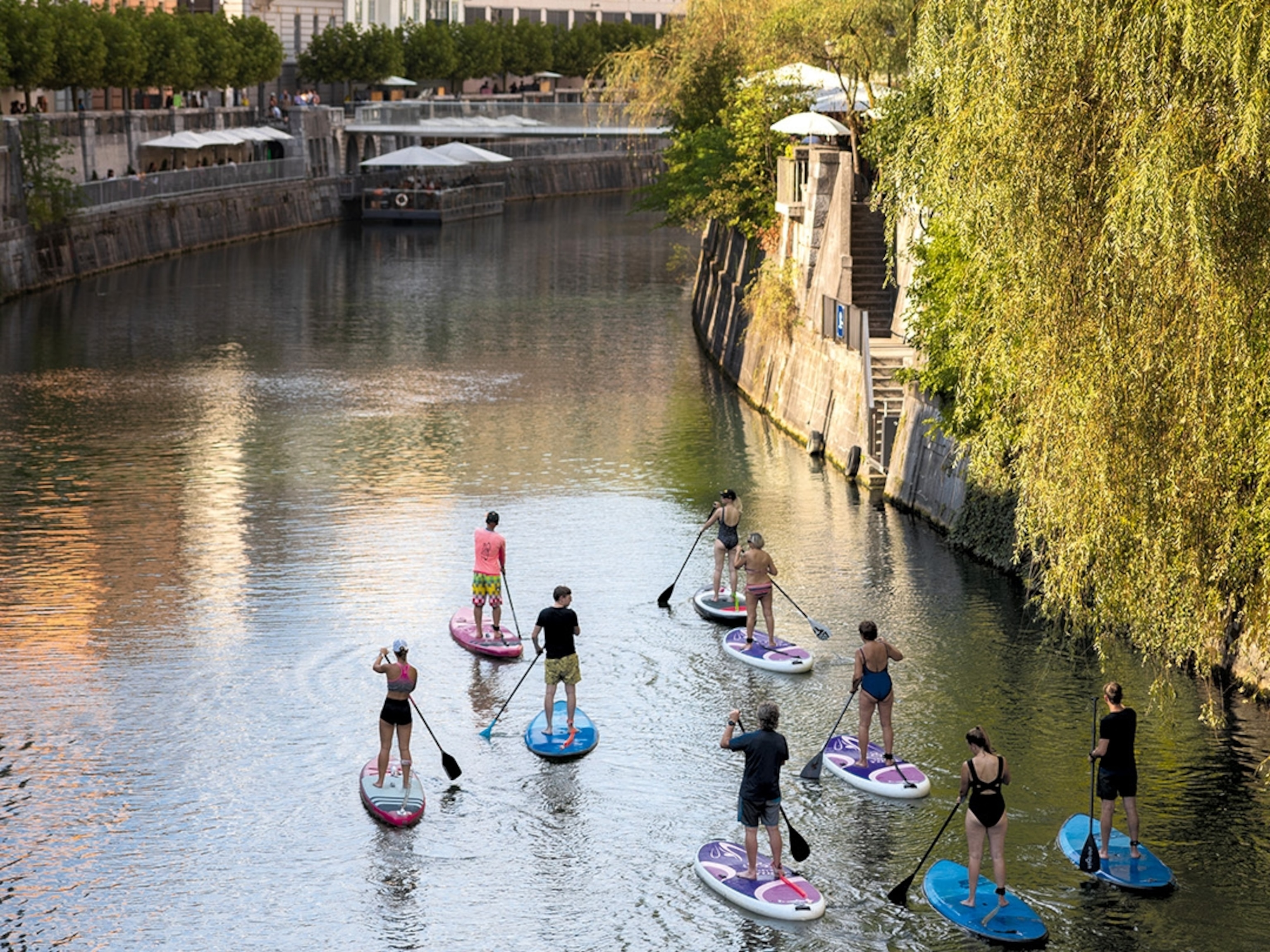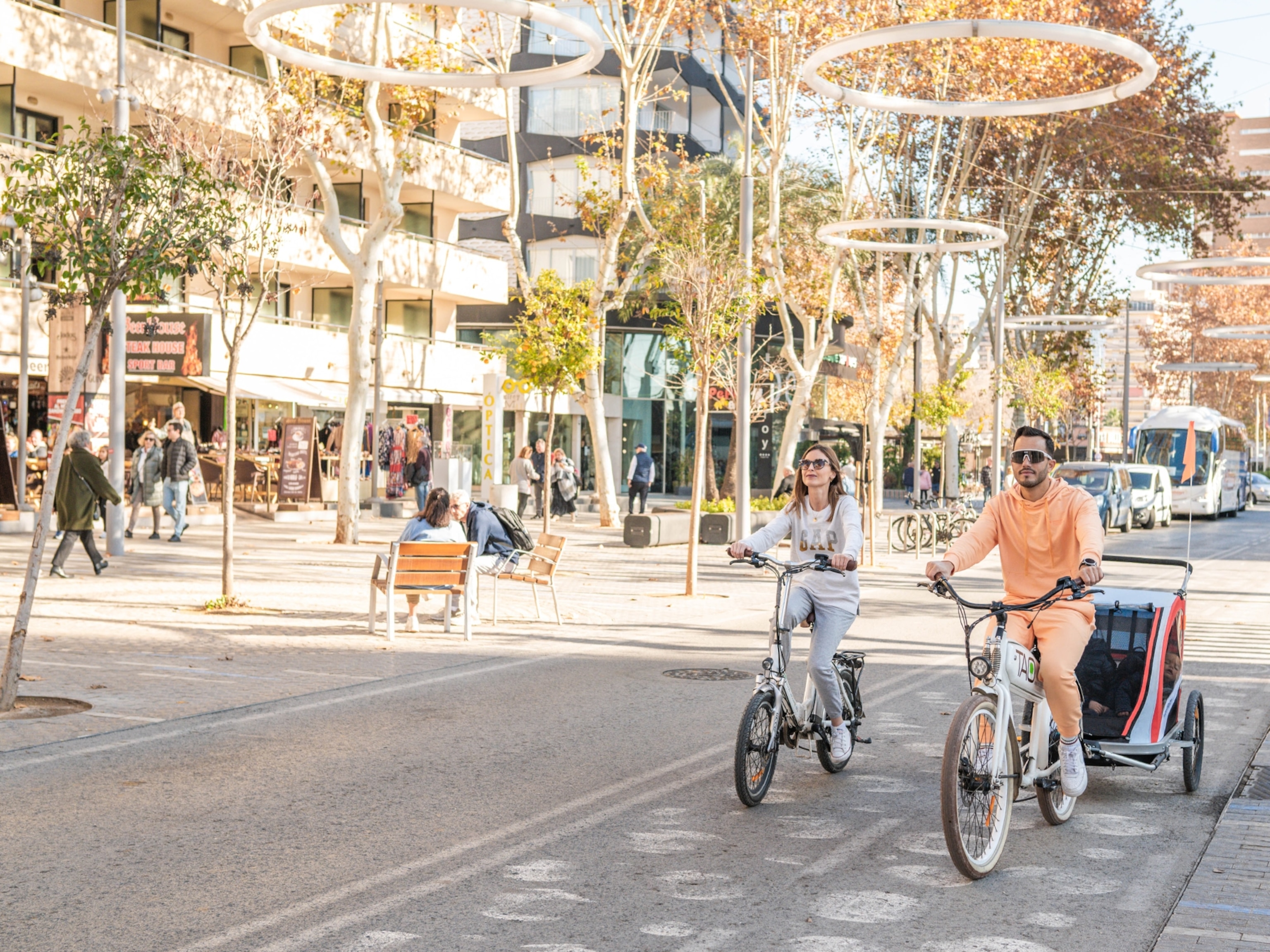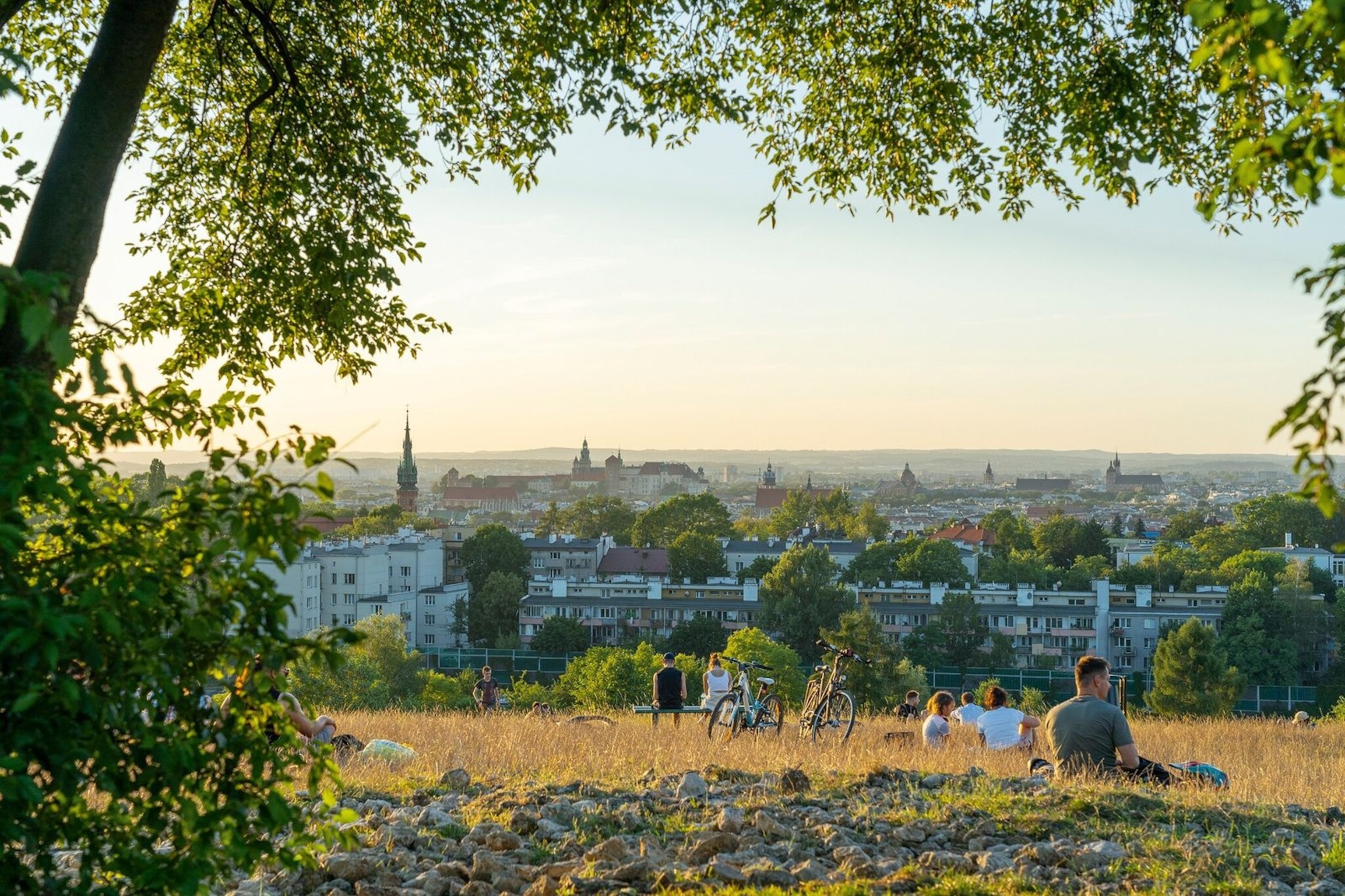
Eight European cities to discover by bike
As European cities continue their efforts to reduce carbon emissions, there’s never been a better time to explore the urban outdoors by bicycle.
Europe’s urban centres are becoming friendlier places than ever for adventures on two wheels — cycle paths are being developed, bike-share schemes make finding a ride a cinch and there are numerous tours that take visitors to surprising corners of more familiar destinations. The added bonus is that discovering a city by bike gives you greater freedom than travelling by car or bus, while also enabling you to cover more ground than could possibly be managed on foot. And with the continent-wide drive to reduce emissions in cities, the future is only ever going to get brighter for fans of two-wheeled self-propulsion.
Island-hopping in Stockholm
Known for its design aesthetic, it’s no surprise the Sweden’s capital has created a tour that involves hopping on stylish wood-framed bikes — cyclists on Stockholm’s Wooden Bike Tour might spend as much time gawping at their wheels as the city around them. It heads across some of Stockholm’s 14 islands, including Södermalm, filled with bars, restaurants and boutiques. Another highlight is the Royal National City Park. Eight times the size of New York’s Central Park, it’s the world’s first urban national park, dotted with palaces, museums and historic taverns.
Unearthing Ancient Rome
Rome is more associated with the Vespa than the pedal bike, but it’s a great destination for cyclists, too; they can weave between piazzas to uncover ancient ruins, museums and art galleries, fuelled by espressos enjoyed during cafe pit-stops. Another option is to take the cycle path along the Tiber. Veer away from the river at the Ponte Palatino and head east to the Appia Antica Regional Park. The arrow-straight Roman Appian Way is 2,300 years old; the 10-mile section in the city is largely car free and lined with mausoleums and catacombs, passing villas hidden among the cypress and pine trees. A mountain e-bike will make light work of cobbles once trodden by legions of Roman soldiers.
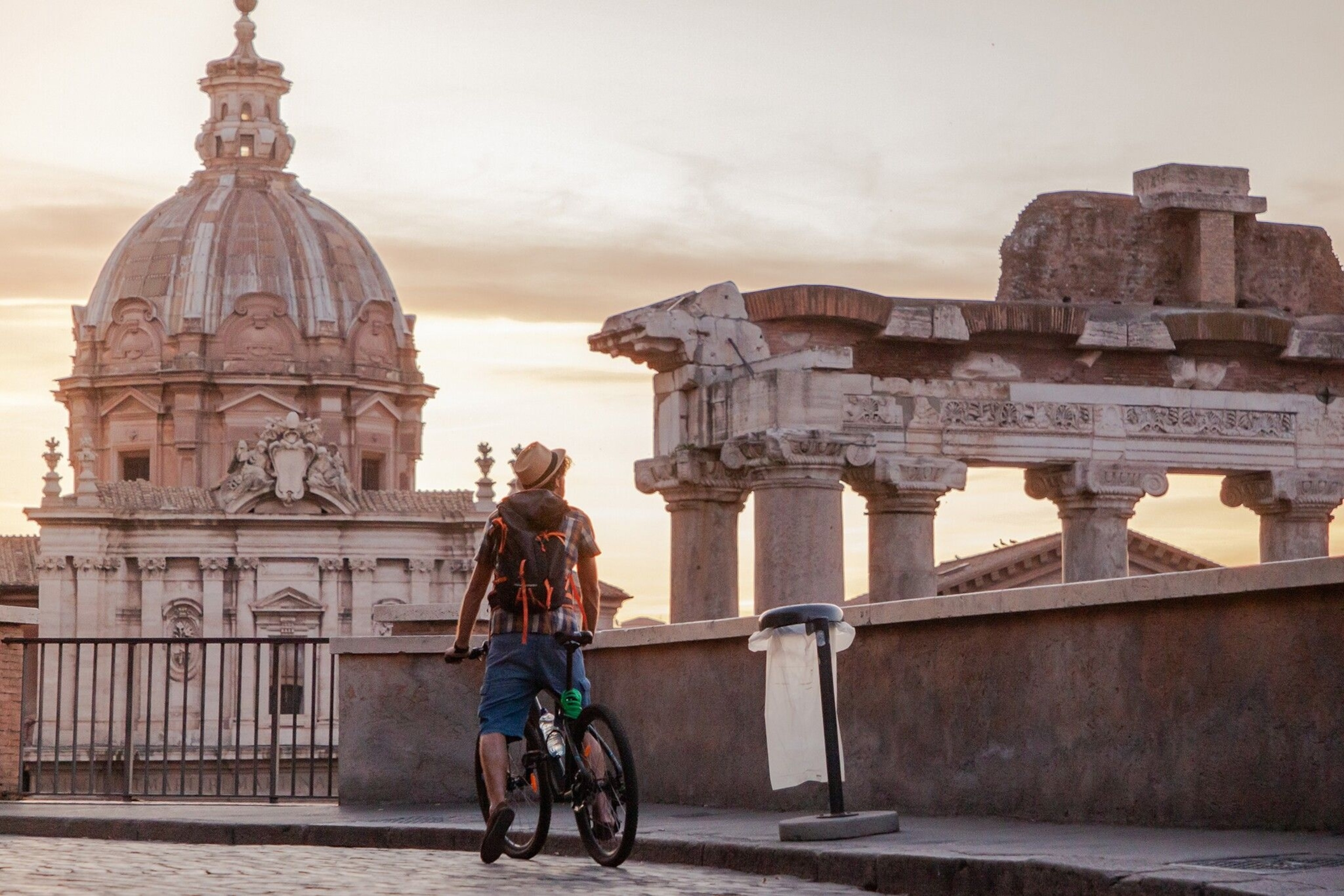
Polish History in Kraków
Zipping between Kraków’s diverse neighbourhoods on its cycle paths gives visitors a crash course in Polish history. Starting on the cobbles of the Old Town’s medieval Market Square, one route leads south to the historic Jewish quarter of Kazimierz; destroyed during the Second World War, today the area is thriving again, its handsome houses and courtyards home to cafes and bars. Cyclists can then add on a 7.5-mile route east along the Vistula River, eventually swinging north to Nowa Huta. Built during the Soviet era, the district is now home to clubs and music venues.
Dublin by the water
With 118 miles of cycle paths, Dublin is a great place to discover on two wheels. Taking you to parts less commonly visited by tourists, the Docklands route leads east from the historic harbour area, where former warehouses now contain microbreweries and coffee shops, to Ringsend and the sea wall. Fans of local band U2 might want to stop off en route to visit Windmill Lane Recording Studios, where the band recorded many albums. On a warm day, take a dip in Dublin Bay before pedalling along the wall to brightly coloured Poolbeg Lighthouse.
England's Bohemian cycle city
Crisscrossed by greenways and cycle paths and with free public bike pumps, it’s no surprise Bristol was designated Britain’s first ‘Cycling City’. Joining a tour with Cycle the City is a great way to discover less-visited areas. Cyclists can stop to take in views of the Clifton Suspension Bridge, which spans the Avon Gorge, and learn about maritime history in the Harbourside neighbourhood, where you can hop off to board Brunel’s SS Great Britain. Along the way, there’s street art — including some by local boy Banksy — and you can tuck into local food and wine at cafes and delis. Another option is the Bristol to Bath Railway Path, a flat, off-road, 13-mile route.
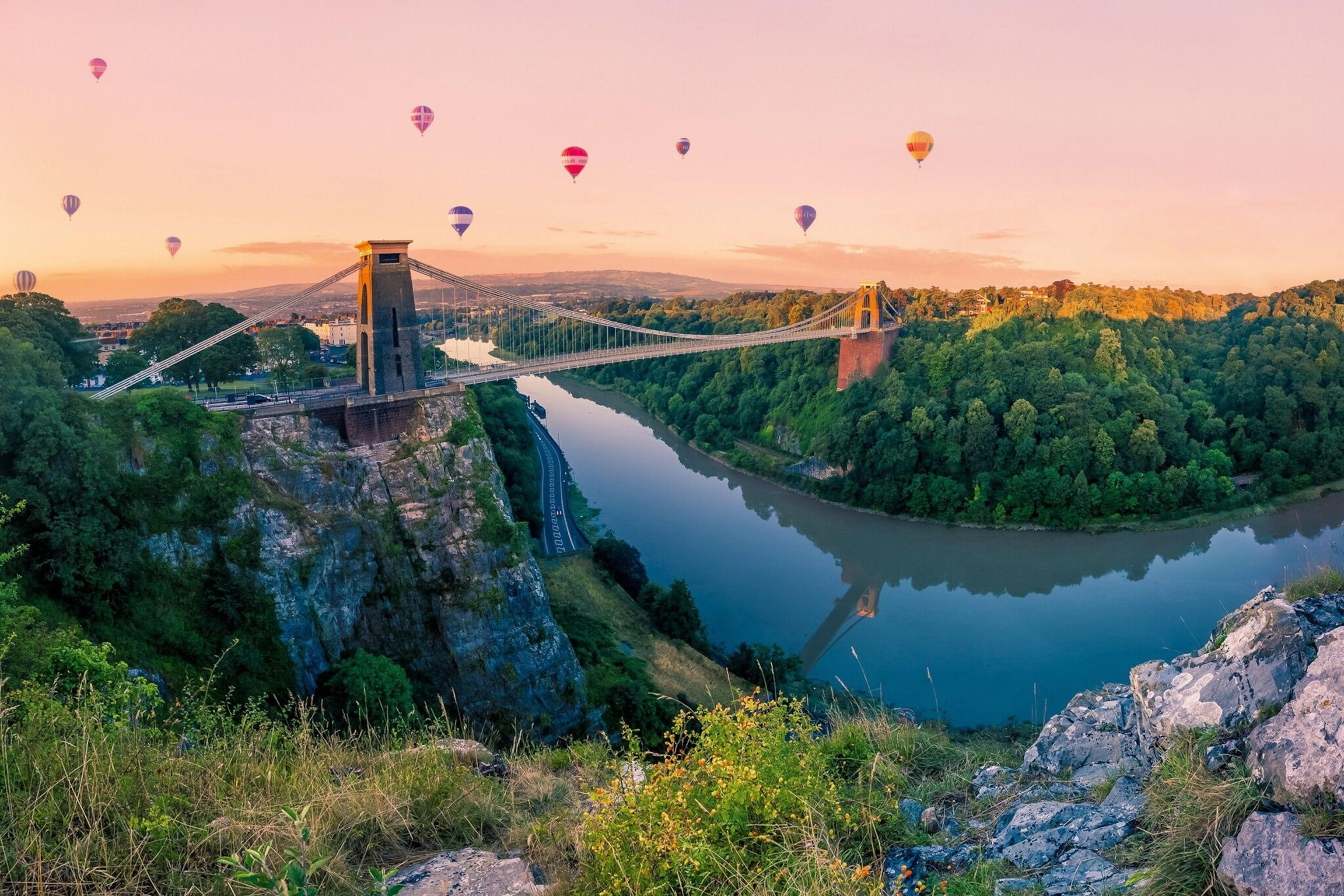
Slowing down in Helsinki
The Finns are well known for their love of the great outdoors. Every season provides an excuse to get out and enjoy nature as if for the first time, from snowshoeing through the woods in winter to jumping into a lake under the midnight sun in high summer — and visitors to Helsinki will soon learn that this enthusiasm for outdoor living permeates city life, too.
The Finnish capital has around 1,000 miles of cycle paths, which sweep through neighbourhoods lined with grand 19th-century townhouses, trace a shoreline dotted with islands and head out to parks and forests.
The best way to explore, and to grasp something of the Finns’ obsession with enjoying their environment, is to spend a few hours in the saddle with Helsinki Bike Tours. Guests are given locally made, single-speed Jopo bikes to ride, perfect for meandering along the peaceful cycle paths. Founder and guide Riku Nurminen provides a thorough and entertaining grounding in Finnish society while leading cyclists through his city, covering subjects as diverse as politics, history, food and family life, and even touching on the development of the Angry Birds app and the Finns’ love of heavy metal.
From the compact centre, the tour heads out to one of the city’s many waterfront playgrounds. Pausing in the beautiful, undulating park of Kaivopuisto, it’s easy to get distracted staring at all the sailing boats zipping across the bay. From here, it’s a short hop to the district of Eira and a street packed with colourful, art nouveau buildings (there are more than 600 of this style in Helsinki).
There are plenty of other examples of standout architecture to discover on the tour, including Oodi, a public library that looks like a giant, sweeping, wooden wing, and Finlandia Hall, a concert venue designed by Alvar Aalto, Finland’s most lauded architect.
No introduction to Helsinki would be complete without a visit to a market hall, and Hakaniemi is the one on the agenda here. Popular with locals, it sprawls over two floors and is a superb place to try a range of Finnish specialities — there are stalls selling smoked fish, pastries, locally roasted coffee, berries and cured reindeer meat, among other treats that you can pick up for post-cycling snacking.
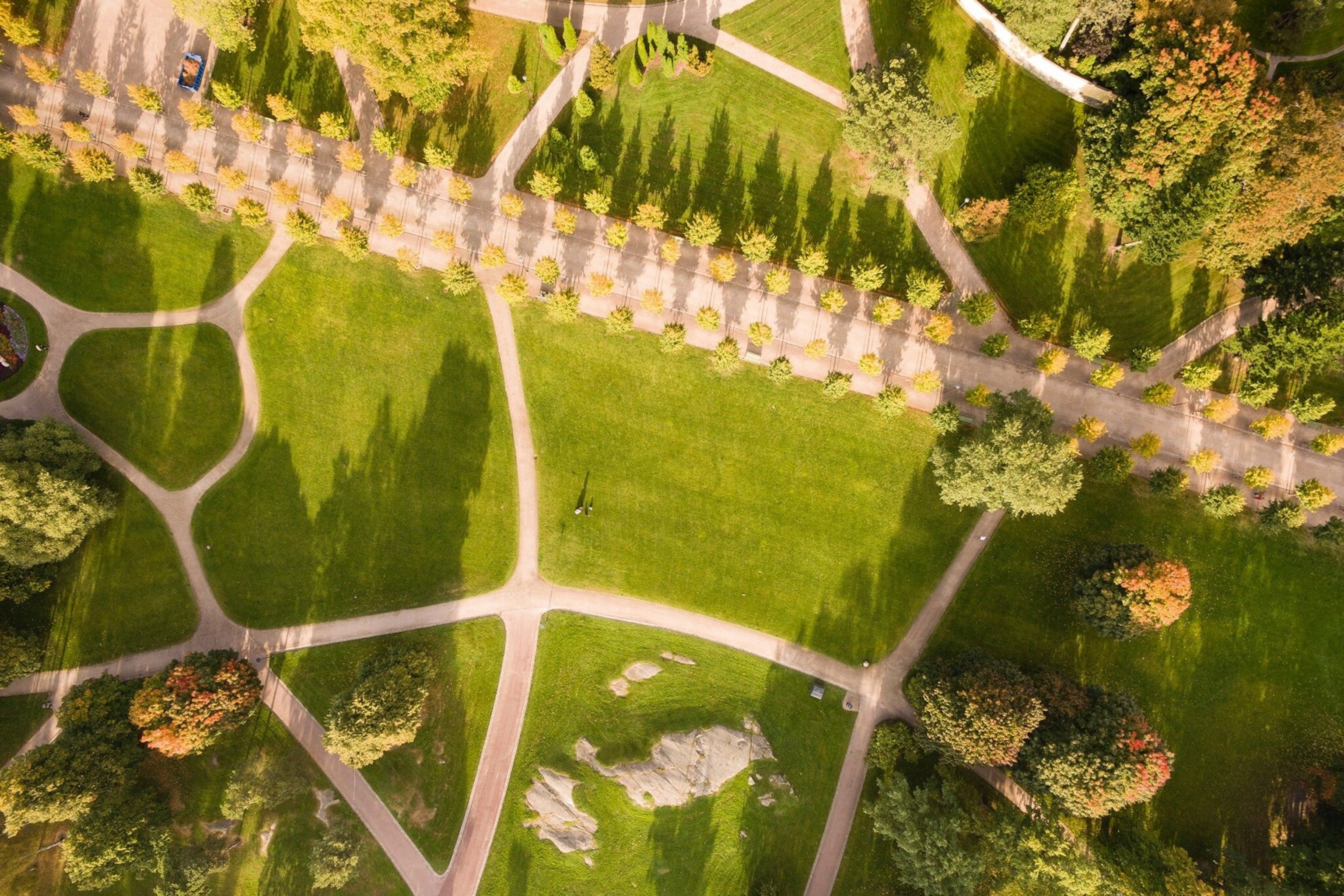
Beyond Ghent’s cobbles
Ghent is an easy city to fall in love with. As beautiful as nearby Bruges, but with fewer tourists, the Belgian city is packed to the rafters with medieval buildings, many fronting handsome cobbled squares or pretty canals. It’s also a place where locals know how to live well, with Ghentians enjoying a thriving cultural life and a cafe, bar and restaurant scene to rival that of much larger cities.
Many streets in Ghent’s medieval heart are closed to traffic — including cyclists — for much of the day, so it’s a good idea to get your bearings on foot before finding a set of wheels for wider exploration. After picking up a rental bike, a fine way to get a thorough introduction to the Belgian city is to tackle the Ghent Cycling Route, a 23-mile circuit that leads to spots that even some locals may be unfamiliar with. The flat terrain means the miles fly by, but there are shortcuts for those wishing to spend less time in the saddle.
Looping in and out of the centre and hitting every point on the compass, there isn’t much that the route doesn’t cover. There are stops at 12th-century castles and industrial docklands; at cafes serving flat whites and nature reserves popular with birdwatchers; and at monasteries-turned-museums, as well as burger bars. Heading in a clockwise direction, it’s not long before you get your first taste of waterside cycling, sweeping along the quay that runs beside the River Lys. The path then edges the Blaarmeersen, a lovely lake with a beach where you can hop off for a dip. A little further on is the De Bijloke complex, a former hospital that’s now a concert venue — just one of many imaginatively converted buildings passed en route.
After hitting the northern stretches of the city, the route swings back into the centre via the delightful medieval neighbourhood of Patershol, characterised by cobbled streets lined with gabled houses, many of which are pubs and cafes. Houtdok, to the east, couldn’t be more different — the old harbour is industrial in feel, with former warehouses given over to microbreweries and street food markets. The route then heads south before returning to the centre. After a coffee at the final recommended stop, stunning public library De Krook, there’s only one way to complete the day — with a Belgian beer.
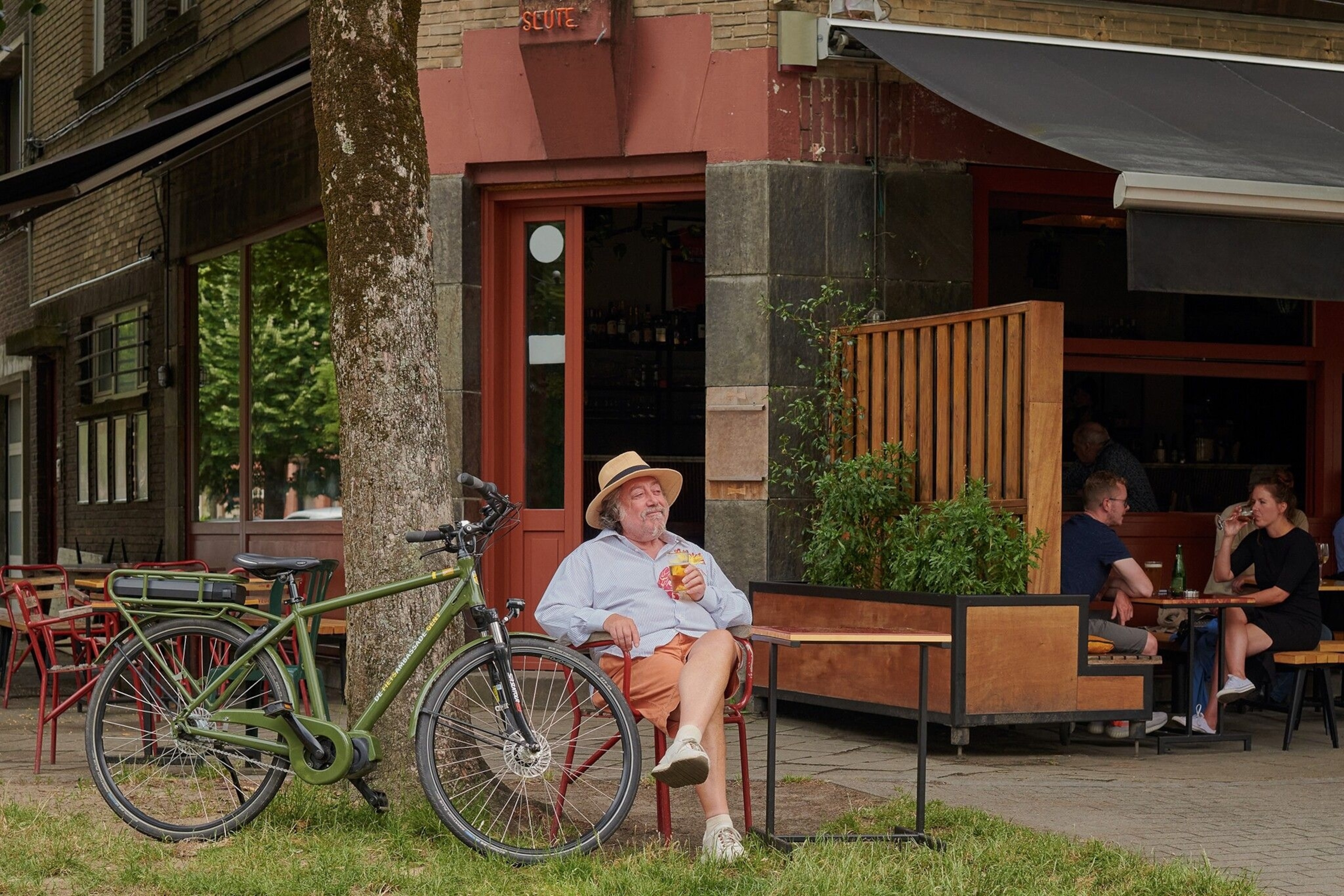
A mini Tour de France in Copenhagen
Regularly ranked as one of the world’s most bike-friendly cities, the Danish capital has over 300 miles of cycle paths and superhighways, plus bike bridges across its canals and numerous tour and rental companies. Copenhagen’s hosting of part of the Tour de France in 2022 has now been immortalised in a 13-mile, self-guided cycle loop. Stops can include the Tivoli Gardens amusement park, Amalienborg Palace and the colourful waterfront of Nyhavn, with plenty of opportunities to fuel up on cinnamon buns and smørrebrød (open sandwiches) along the way. The route can be linked with the Harbour Circle, a path that leads through southern districts.
Amsterdam canals and culture
Few cities are as synonymous with the chime of a bicycle bell as Amsterdam. Cyclists rule here, and there are plenty of bike-rental options that allow you to join the locals in their favourite activity. It’s easy enough to zigzag between canals and gabled houses independently, but to scout out some more unusual corners of the Dutch capital try the Countryside Bike Tour with Mike’s Bikes. You’ll trace a route south via the lovely green swathe of Vondelpark and get to visit three Dutch staples: a windmill, a cheese producer and a clog factory. It passes the home of the Dutch masters, the Rijksmuseum, on the way back.
Strasbourg wine adventures
Strasbourg is known as France’s cycling capital for good reason. The appeal of the Alsatian city lies not just in its 372 miles of bike paths, but in the easy access it offers to the countryside. The Petite France neighbourhood of waterways and half-timbered houses is a charming spot. Or head east along the Canal de la Bruche to Alsace’s pretty rural villages and vineyards. The 82-mile Alsace Vineyard Cycle Route is a great way to explore the latter.
Sign up to our newsletter and follow us on social media:
Facebook | Instagram | Twitter
